
In the world of material handling, lifting heavy loads safely and efficiently is a top priority. Two of the most common tools for this task are the trusty manual hoist and the powerful electric hoist. But when it comes to choosing between them, the decision isn't always black and white. Each has its own set of advantages, ideal applications, and limitations.
オンラインチャット手動ホイストと電動ホイストの主な違いを理解することは、プロジェクトに適切なツールを選択するために非常に重要です。, 安全性と生産性の両立. Let’s break them down.

A manual hoist, often referred to as a chain block or lever hoist, relies on human power to operate. The user pulls a chain (chain hoist) or pumps a lever (lever hoist) to lift, より低い, or pull a load.
1. Occasional or infrequent use
2. Lower capacity loads (though they come in high capacities too)
3. Applications where precise control is critical (例えば。, assembly lines, maintenance)
4. Remote locations or sites with no reliable power source
5. Users with a limited budget

An electric hoist uses an integrated electric motor to lift and lower loads, typically operated via a pendant control button.
1. Frequent, repetitive lifting
2. Heavy and bulky loads
3. High-production environments (例えば。, 製造業, 倉庫)
4. Applications where speed is a priority
5. Situations where operator fatigue is a concern

| 特徴 | Manual Hoist | エレクトリックホイスト |
| Power Source | Human Power | Electricity (110V/240V, 3-段階) |
| 持ち上げ速度 | Slow (dependent on the operator) | 速い (consistent motorized speed) |
| Initial Cost | Low | 高い |
| Operating Cost | Effort | Electricity + メンテナンス |
| Precision Control | Excellent | 良い (requires skilled operator for fine control) |
| デューティサイクル | Low to Medium | High to Continuous |
| Portability | 高い (lightweight, no cords) | Low (heavier, requires power source) |
| メンテナンス | Simple, 機械的 | More complex, electrical components |
| Best Use Case | Occasional, precise, or remote lifts | Frequent, high-volume, production lifts |
The choice between manual and electric isn’t about which is “better,” but which is better for your specific needs.
| Choose a Manual Hoist | Choose an Electric Hoist |
| You lift loads infrequently | You are lifting loads multiple times a day |
| Your work is in a remote location with no power | Speed and productivity are critical to your operation |
| Precision is more important than speed | You need to lift very heavy loads consistently |
| Your budget is constrained | You want to reduce physical strain on your workforce |
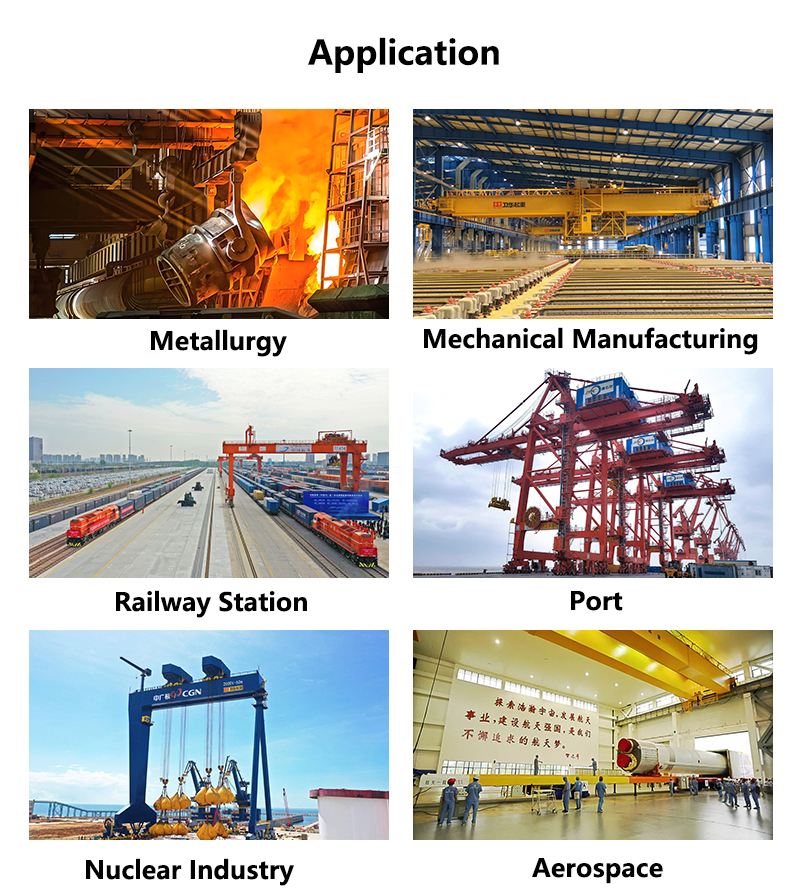
Think of it like choosing between a manual and an automatic car. The manual gives you more control and is simpler, while the automatic offers ease of use and efficiency for everyday driving.
Before you buy, carefully assess your requirements:
1. How often will you use it?
2. What is your average load weight?
3. Do you have a reliable power source?
4. What is your budget, both for purchase and long-term maintenance?
By answering these questions, you’ll be well-equipped to make an informed decision. Whether you go with the rugged reliability of a manual hoist or the powerful efficiency of an electric model, prioritizing safety and proper training for all operators is always the most important step.
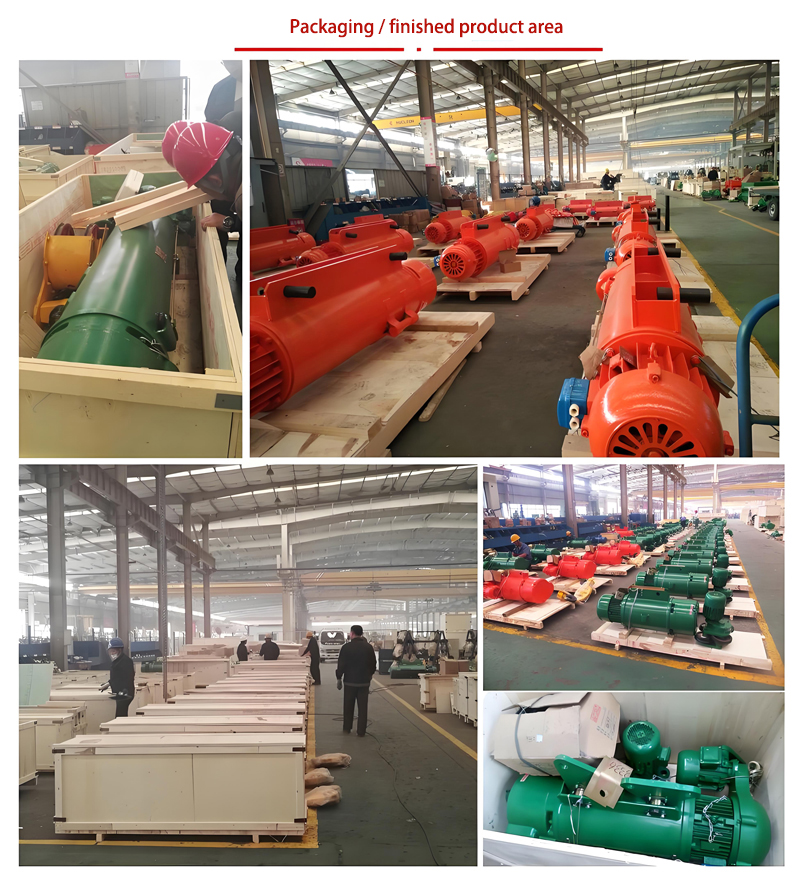
Q1: Which is cheaper, a manual or electric hoist?
a: A manual hoist has a much lower initial purchase price. しかし, if you consider long-term operational efficiency for high-use applications, an electric hoist can be more cost-effective by saving significant labor time and reducing operator fatigue.
Q2: Can I use an electric hoist outdoors?
a: You can, but with important considerations. You need a reliable power source, which often requires a generator. You must also ensure the hoist has an appropriate IP (侵入保護) rating (例えば。, IP54 or higher) to protect it from dust and water. A manual hoist is often simpler for truly remote or wet outdoor conditions.
Q3: Which type of hoist gives me more control for precise positioning?
a: Generally, a manual hoist provides superior precision control. The operator feels the load directly and can make minute adjustments by hand, making it ideal for fitting parts together or working in tight spaces.
Q4: How do I decide between a chain hoist and a lever hoist (both manual)?
a:
私たちはあなたのフィードバックを大切にします! あなたの特定のニーズに合わせてサービスを調整できるように、以下のフォームに記入してください.
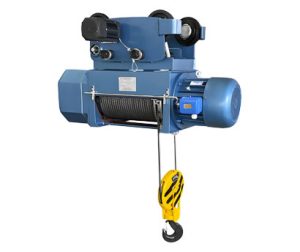
Weihua 家庭用ガレージワークショップ用電動ホイストはコンパクトです。, 効率的, そして力強い……
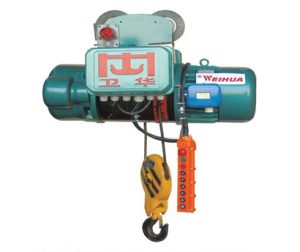
ワークショップ操作のための信頼できる電気ホイストを探しています? weihuaの電動ホイストi……
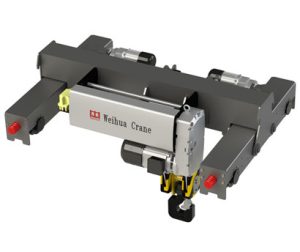
An electric hoist trolley assembly is a wheeled carriage system designed to suspend and ……
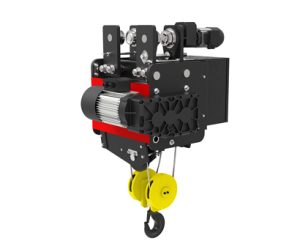
VEVOR 電気ホイストは耐久性に優れた銅製モーターと高度な放熱性を備えています……
